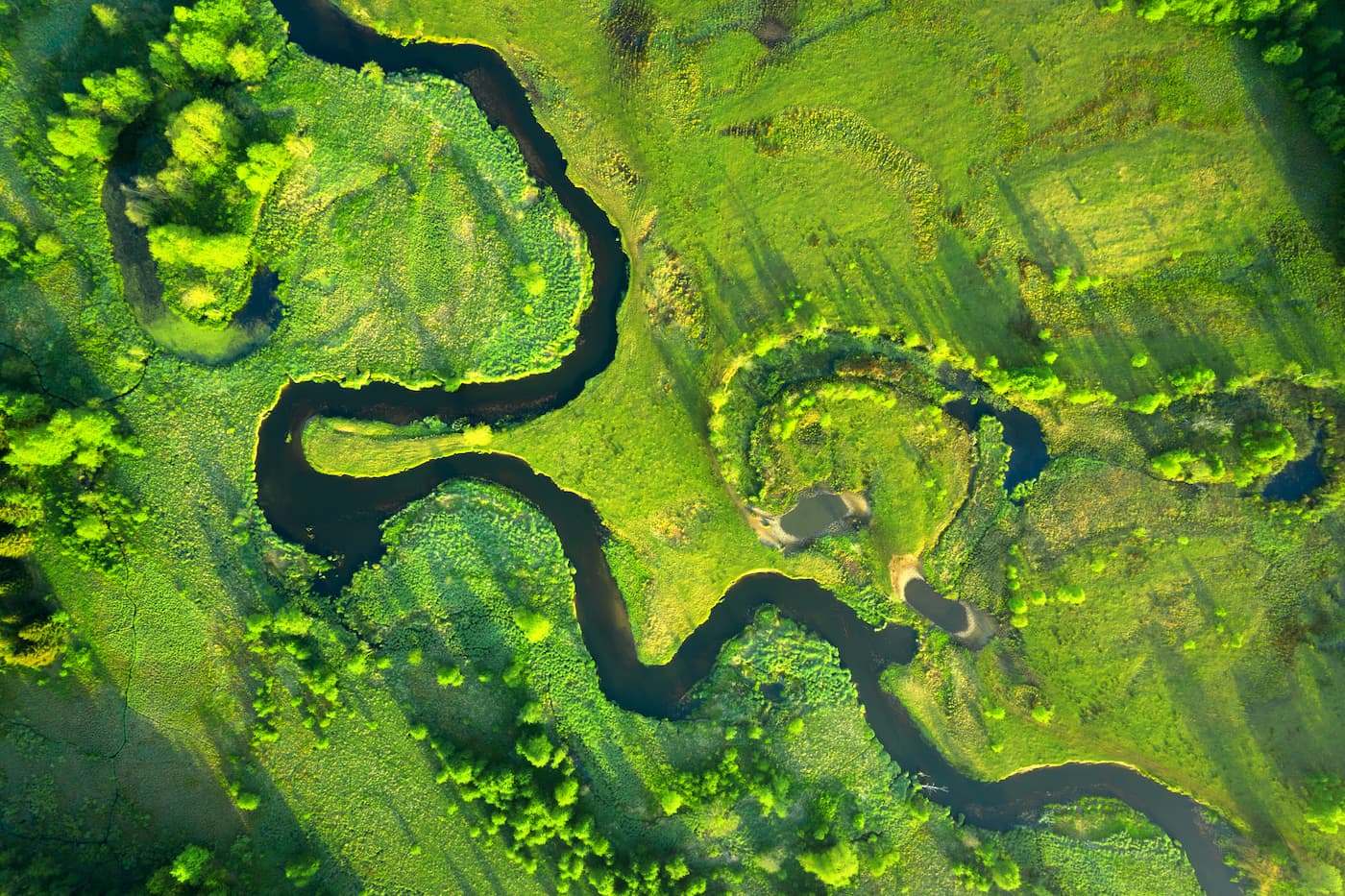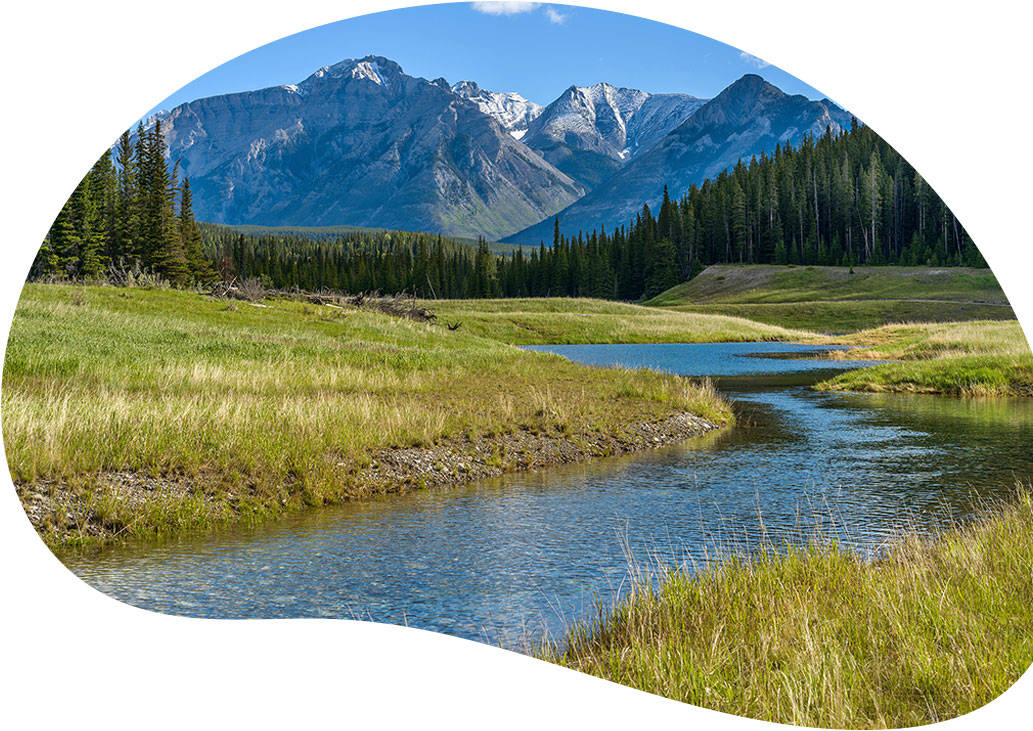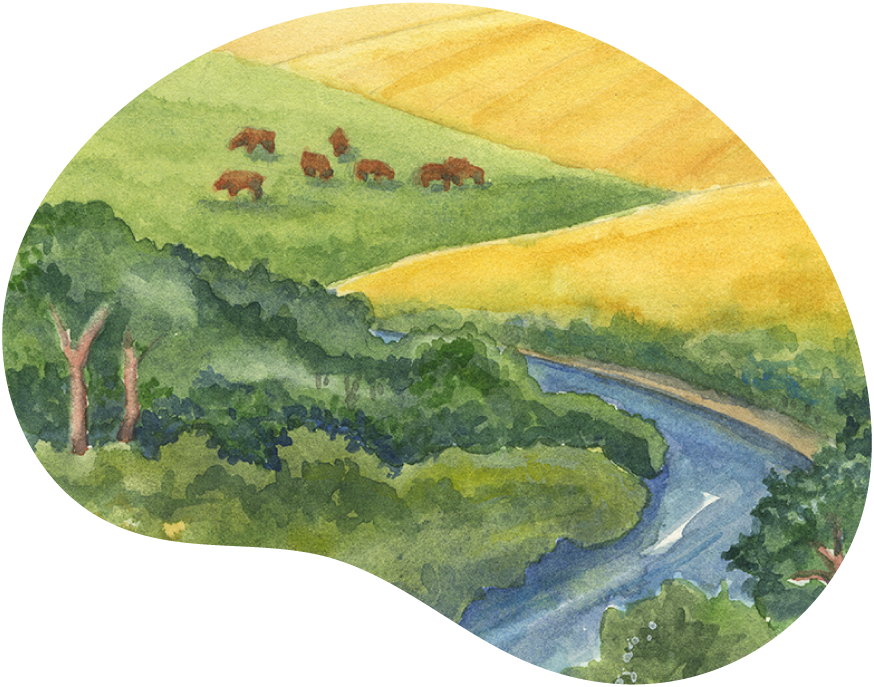
Introduction to Rangeland Health in Native Grasslands – Principles of Range Health
You may know the importance of healthy native rangelands, but do you know how to assess the health of a rangeland? The...

Is Your Riparian Area Healthy? (Lakes and Wetlands)
An introductory look at Cows and Fish’s riparian health assessment tool for lakes and wetlands, this video will help...

Is Your Riparian Area Healthy? (Stream and Small Rivers)
An introductory look at Cows and Fish’s riparian health assessment tool for streams and small rivers, this video will...
Digital Stories
Cows and Fish works with partners across Alberta to find and share stories about the relationships between people, land and water. Stories from the field are about the connections riparian habitats make and the lives they touch.

Tools
This story describes my personal journey from a tiny village in Nicaragua to present day rural Alberta. It is a journey...

Different Views
Learning about working in a team environment we all take part in different aspects of our job, each being deservedly...

Connecting Land and Water: Stories from the Eastern Slopes
Connecting Land and Water: Stories from the Eastern Slopes features inspiring stories from the landowners, user groups,...
Digital Presentations

Four Principles of Good Range Management
Healthy upland pastures and riparian areas are a foundation for any livestock operation. Sustainable riparian grazing...

Riparian Areas and Grazing Management – Corridors and Holding Pastures
Sometimes you have no choice! If you’re parking livestock in a small riparian field for a period of time be sure to...

Riparian Areas and Grazing Management – Distribution Tools
Improving distribution is about drawing livestock away from the sensitive riparian area permanently or for parts of the...
Webinars

Beaver Coexistence – Tools and Techniques
This webinar covers the importance of beaver and the challenges they pose with a focus on case studies from around...

Beavers in Our Landscape
Learn more about a Canadian icon, the beaver, in this Cows and Fish Webinar. Topics covered will include a short...

Grazing 101 – Strategies for Sustainable Production
Range management principles apply in riparian areas, in addition to uplands, with a few extra challenges. Using our 30...




